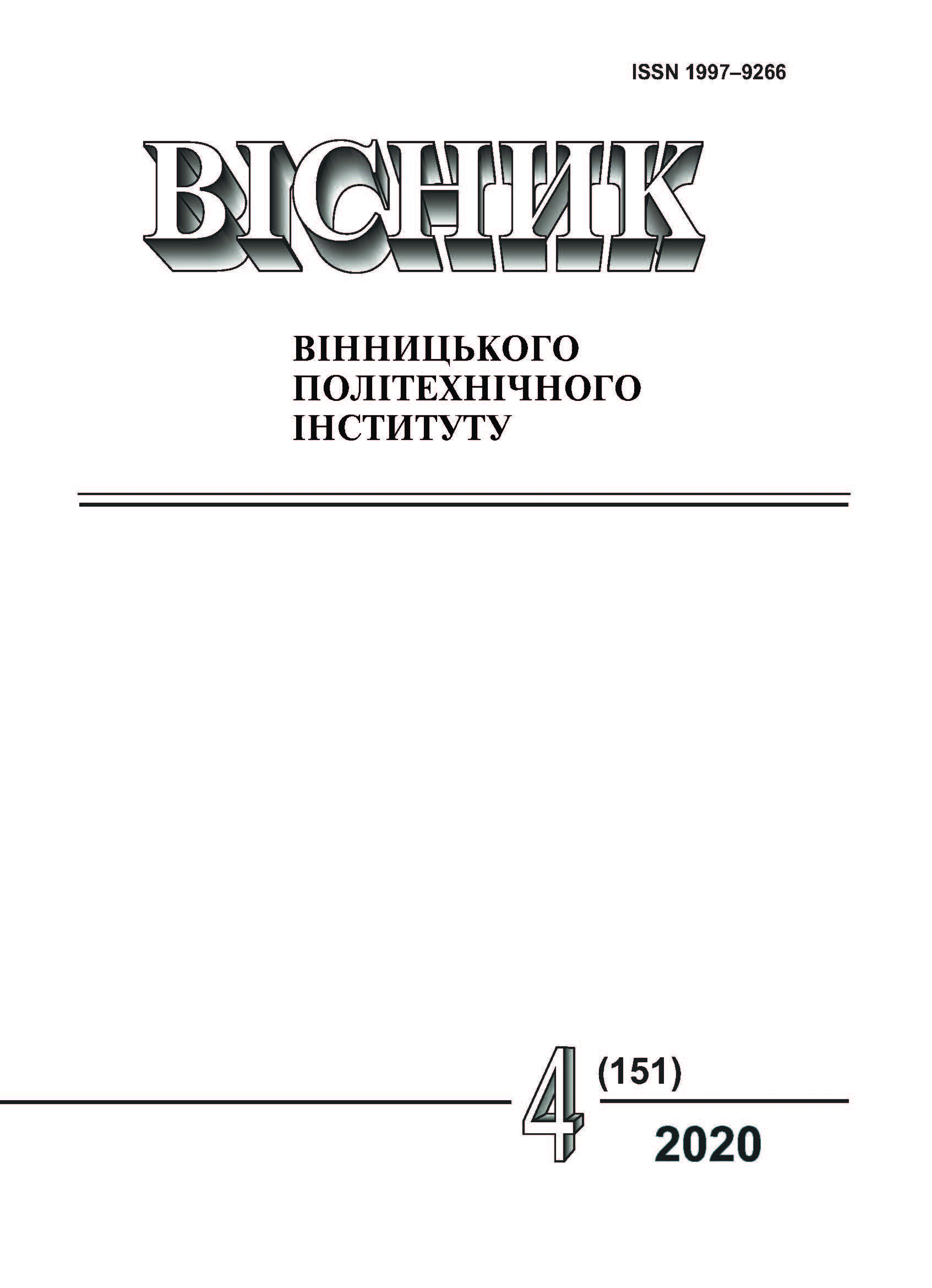Peculiarities of Fatigue Crack Growth in Pseudoelastic NiTi Alloy
DOI:
https://doi.org/10.31649/1997-9266-2020-151-4-120-124Keywords:
pseudoelastic alloy, fatigue crack grow rate, density, stress ratio, fracture mechanismsAbstract
There have been analyzed the peculiarities of fatigue crack growth in pseudoelastic NiTi alloy at stress ratios R = 0,2 and 0,5. The fatigue crack growth resistance was determined on cylindrical specimens with a diameter of 8 mm with a unilateral segmental notch to a depth of 0,6 mm in their diametrical cross section at a temperature of 20°C in air. Using the servohydraulic testing machine STM-100, the specimens were preloaded by three-point bending in order to grow a fatigue crack from the notch, and the fatigue crack growth kinetics was determined on a cylindrical specimen with one lateral crack under uniaxial tension at a frequency of 25 Hz. The length of crack on the specimen surface was determined using the binocular microscope with the precision not less than 0,02 mm. To calculate the crack depth b in the deepest point of the crack front, the crack shape b/a of the initial and final cracks was determined using the linear interpolation. The fatigue crack growth rate was determined using this value in the deepest point of the crack front after certain number of loading cycles. It was found out that, unlike the traditional concepts of fracture mechanics, the mechanical driving force of fatigue crack growth, that unambiguously describes the failure kinetics despite of R is not the stress range, but a maximal value of stress intensity factor. According to the microfractographic studies, the main mechanism of crack propagation is connected with the brittle failure of martensite alloy structure elements. Therefore, the strain austenite–martensite transformation at the crack tip is responsible for its kinetics. The intensity of such transformation is determined mostly by the stress levels, and not by its range, that determines the mechanical driving force of fatigue crack growth.
References
V. a. L’vov, A. a. Rudenko, V. a. Chernenko, E. Cesari, J. Pons, and T. Kanomata, “Stress-induced Martensitic Transformation and Superelasticity of Alloys: Experiment and Theory,” Mater. Trans., vol. 46, no. 4, pp. 790-797, 2005.
K. Otsuka, C. M. Wayman, K. Nakay, H. Sakamoto, and K. Shimizu, “Superelasticity effects and stress-induced martensitic transformations in CuAlNi alloys,” Acta Metall., vol. 24, no. 3, pp. 207-226, 1976.
P. Silva, J. Almeida, and L. Guerreiro, “Semi-active Damping Device Based on Superelastic Shape Memory Alloys,” Structures, vol. 3, pp. 1-12, 2015.
M. Nematollahi, K. S. Baghbaderani, A. Amerinatanzi, H. Zamanian, and M. Elahinia, “Application of NiTi in Assistive and Rehabilitation Devices: A Review,” Bioengineering, vol. 6, no. 2, p. 37, Apr. 2019.
J. Mohd Jani, M. Leary, A. Subic, and M. A. Gibson, “A review of shape memory alloy research, applications and opportunities,” Mater. Des., vol. 56, pp. 1078-1113, 2014.
В. П. Ясній, О. З. Студент, і Г. М. Никифорчин, «Вплив наводнювання на характер руйнування сплаву нітинол за розтягу, » Фізико-хімічна механіка матеріалів, т. 54, № 3, pp. 80-85, 2019.
В. П. Ясній, Г. М. Никифорчин, О. Т. Цирульник, і О. З. Студент, «Особливості деформування сплаву нітинол після електролітичного наводнювання,» Фізико-хімічна механіка матеріалів, т. 54, № 4, pp. 124-130, 2018.
V. Iasnii, P. Yasniy, Y. Lapusta, and T. Shnitsar, “Experimental study of pseudoelastic NiTi alloy under cyclic loading,” Sci. J. TNTU, vol. 92, no. 4, pp. 7-12, 2018.
Л. В. Базюк, і Н. В. Мещерякова, «Методи визначення ентальпії металів та стопів (огляд),» Вісник Прикарпатського національного університету імені Василя Стефаника, серія «Хімія», № 11, pp. 81-89, 2011.
В. В. Панасюк, О. Н. Романив, и С. Я. Ярема, Механика разрушения и прочность материалов, т.4, "Усталость и циклическая трещиностойкость конструкционных материалов," справ. пос, в 4-х т., В. В. Панасюк, ред. Киев: Наук. думка, 1990.
A. L. McKelvey and R. O. Ritchie, “Fatigue-crack growth behavior in the superelastic and shape-memory alloy nitinol,” Metall. Mater. Trans. A Phys. Metall. Mater. Sci., vol. 32, no. 13, pp. 731-743, 2001.
Downloads
-
PDF (Українська)
Downloads: 179
Published
How to Cite
Issue
Section
License
Authors who publish with this journal agree to the following terms:
- Authors retain copyright and grant the journal right of first publication.
- Authors are able to enter into separate, additional contractual arrangements for the non-exclusive distribution of the journal's published version of the work (e.g., post it to an institutional repository or publish it in a book), with an acknowledgment of its initial publication in this journal.
- Authors are permitted and encouraged to post their work online (e.g., in institutional repositories or on their website) prior to and during the submission process, as it can lead to productive exchanges, as well as earlier and greater citation of published work (See The Effect of Open Access).





